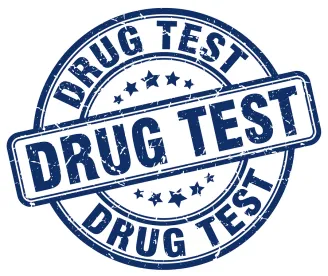The Department of Transportation (DOT) recently added four drugs at the heart of the nation's opioid epidemic to its drug testing panels: hydrocodone, hydromorphone, oxycodone and oxymorphone—the central ingredients in such pain medications as Vicodin, Oxycontin and Percocet. Administrations under the DOT umbrella—including the Federal Aviation Administration, the Pipeline and Hazardous Materials Safety Administration, and the Federal Railroad Administration—now must screen for these four opioids in their employee drug-testing programs. Employees subject to DOT regulations should now be screened for these opioids as part of covered employers' required drug testing programs.
Opioid abuse can lead to diminished worker productivity, property damage, workplace injuries, and skyrocketing healthcare costs. Accordingly, employers should consider testing non-DOT covered employees for opioids, at least for safety-sensitive positions. As with any drug testing program, employers need to take steps to ensure that their testing program is legally compliant and the results are used only as permitted by federal and state laws which may control what types of testing is permitted and how the results are used, in addition to protecting employee privacy rights in the testing process. Because opioids may be obtained lawfully with a prescription, unlike many other types of drugs covered by most employers' drug testing programs, it is particularly important to have careful processes in place for obtaining and evaluating results.
Under the Americans with Disabilities Act, for example, an employer cannot discriminate against an employee who is using opioids legally with a valid prescription for the treatment of an underlying disability. This determination will require consultation with a medical professional.
In addition, employers may be required to use a medical review officer to analyze the drug testing results in order to comply with federal law. Even employers not covered by DOT regulations should consider using a medical review officer in the process as a way to best protect employees' privacy rights and to ensure that the results are used appropriately. Medical review officers analyze the results confidentially and review any positive results with the employees' treating physicians. Results are reported to employers only if it appears that the employees have been using the drugs illegally or cannot safely perform their job functions—even if the usage is with a valid prescription.
The opioid crisis affects workers of all ages, ethnicities, and professions. Given the staggeringly high rates of opioid addiction, employers must be prepared for the likelihood that more of their employees are using opioids illegally than they realize. Before they begin drug testing, employers should have protocols in place for working with employees who test positive and decide in what circumstances they will allow for rehabilitation and when disciplinary action is warranted instead.





 />i
/>i
